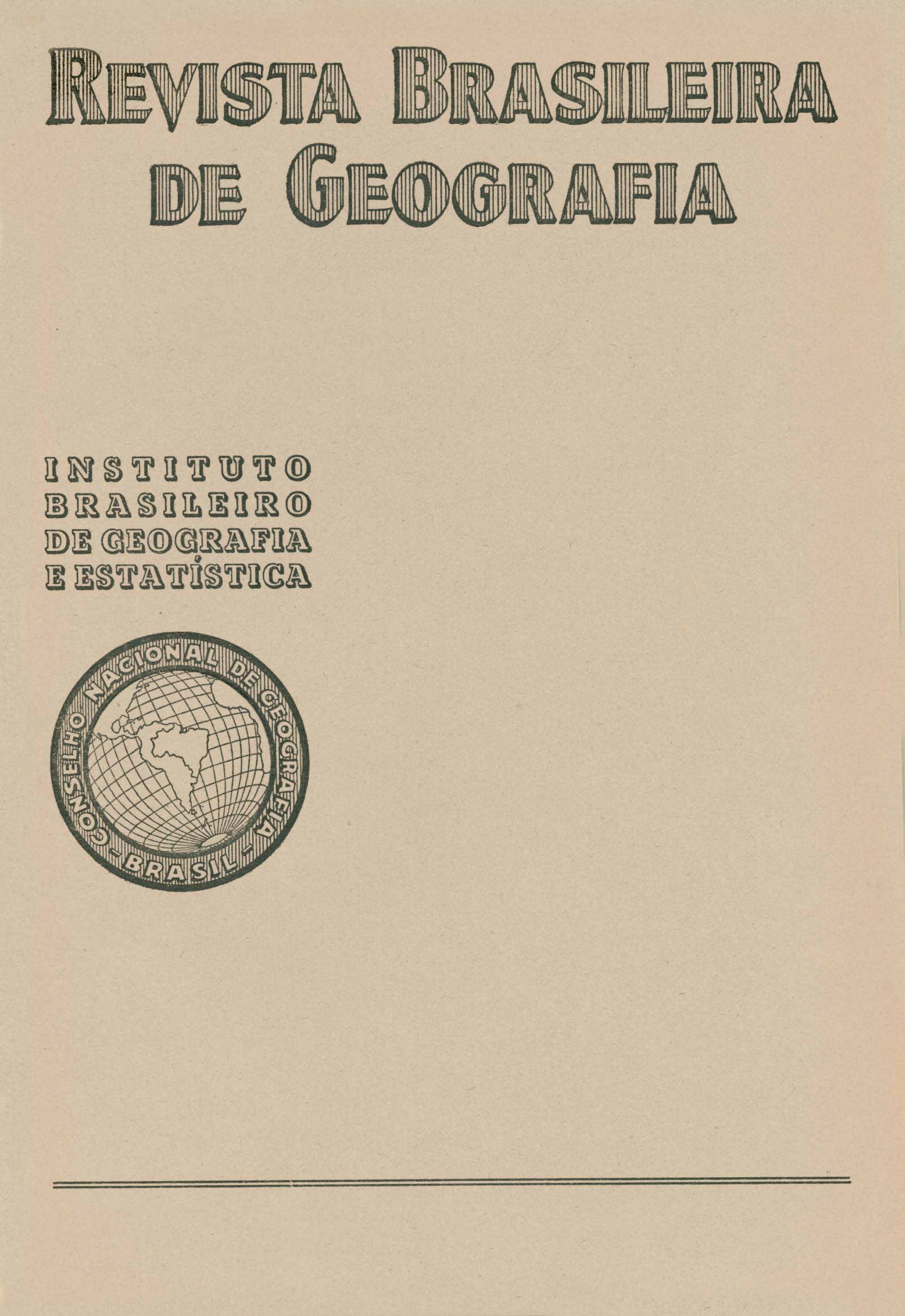Problemas morfológicos do Brasil tropical atlântico : 2a parte
Palavras-chave:
Erosão;, Climatologia;, Costa;, Relevo;, Geomorfologia;, Brasil;, Tropical;, AtlânticoResumo
In this second article, De Martonne studies the forms that are characteristic of the tropical pattern. The greatly different climates of the coastal mountain ranges, of the plateaus in the hinterland and of the high mountain, me the main factors in such a pattern, and after having studied their regimen the author approaches their consequences.
On the mountain ranges of the littoral, the most important forms ate not the so-called sugar loaves, but the with of the transverse profile of the valleys, "in spite of the 'vigorous slopes" They run back parallel to their surface, instead of forming a more and more opened.
Another capital fact is the absence of accumulation of rock waste at the base of the huge sca1pments, where both the alluvial cones and the terraces are very rare. This zone in the coastal mountain ranges, with a vigorous relief but covered with a thick forest vegetation, is subject to a tropical humid climate unde1 which the direct action of chemical decay originates a thick cover of lateritic sand which is constantly losing substance due to dissolution actions. Erosion is so vigorous in the zone of the littoral that it rapidly takes away the detritus cover, and accounts for the denudation of the resistant gneiss that forms the sugar loaves.
The zone in the hinterland not only has a less conspicuous relief, but there one can distinguish the action of a dry season which forms soils of debris of lesser thickness and develops the regolith. There vegetation is not as dense as in the coastal forests, but trees with faded leaves and xerophytic adaptations are to be found.
On that zone the mechanical erosion recovers the advantage through its many "gorges, ravine formations, terraces and alluvial cones" Pa1ticulaliy ravined lands can be seen when man has destroyed the slopes by digging for alluvial gold and planting coffee in the furrows that follow the major inclination of the hills
At last, there remains the problem of the high mountain where one would say is written the influence of the quaternary glacial processes in the rival forms of the Itatiaia
De Martonne was led to examine the consequences of the climatic variations from the Neogen, not only as regards their changes with alternating from cold periods to warm ones, but likewise in connection with dry and damp periods, both of which affect limits of altitude and extension towards the interior of the great forest masses, as well as certain cycles of erosion.






